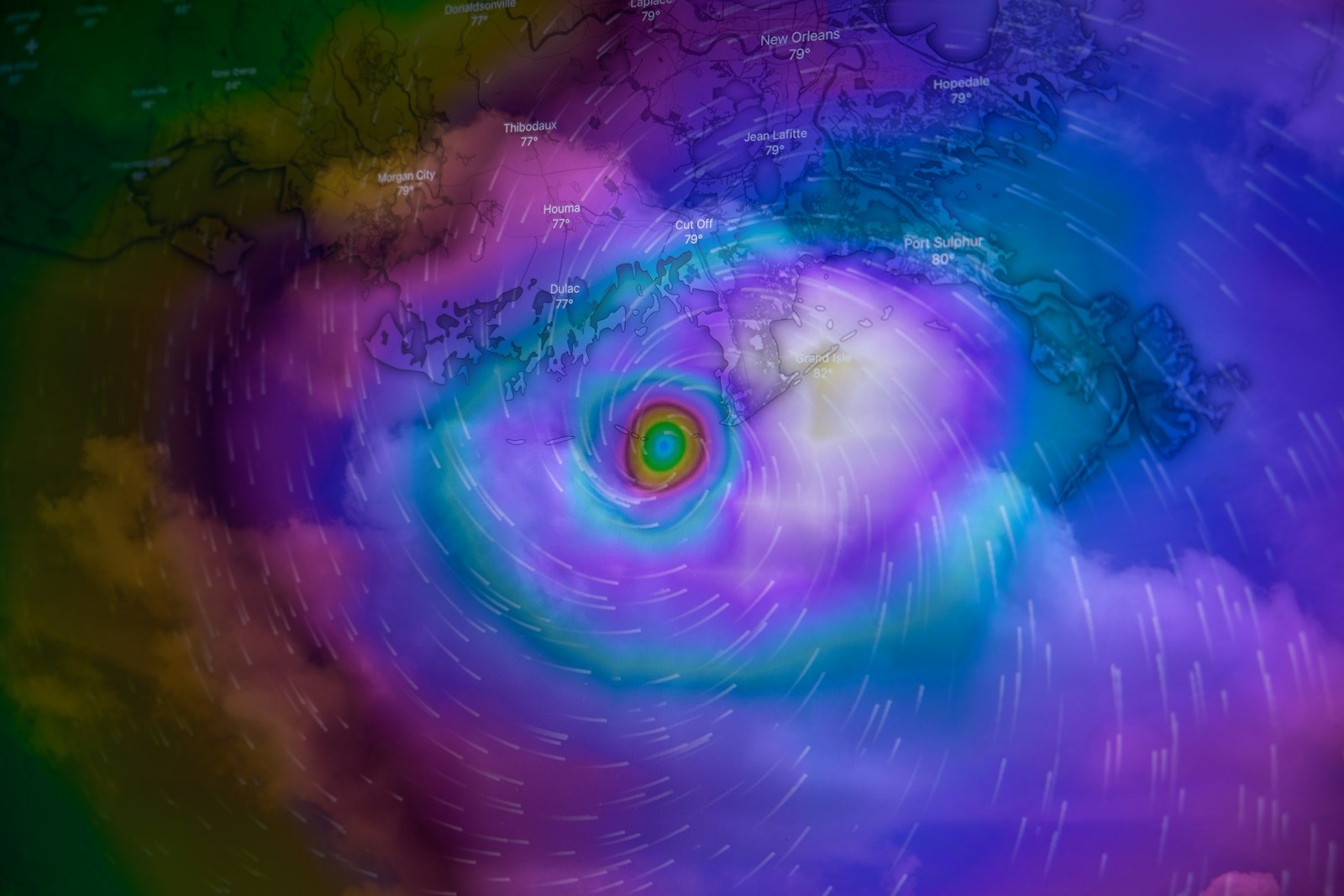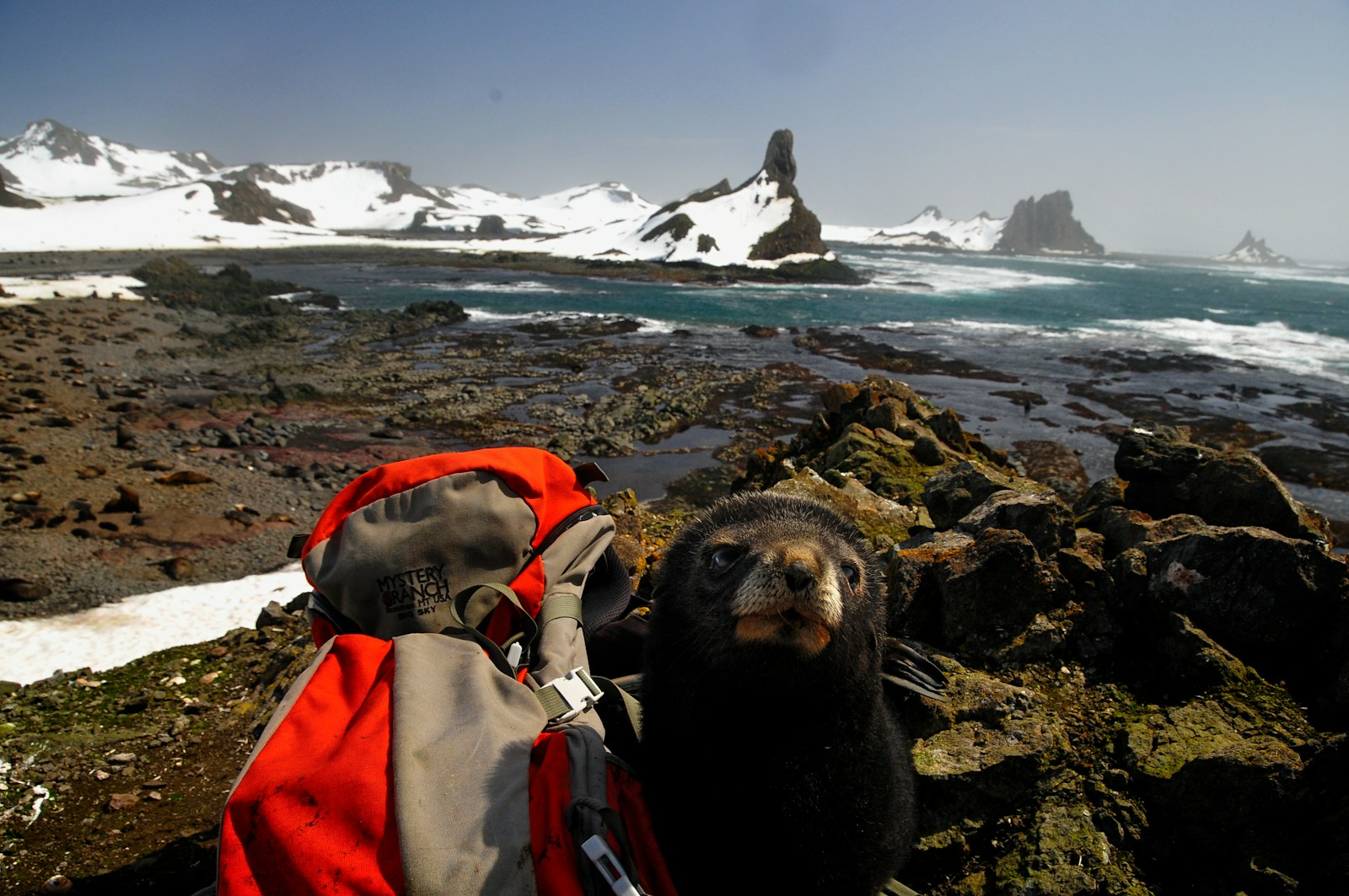Table of Contents
ToggleIntroduction
The environment is the natural world that surrounds us, including living and non-living things. It encompasses everything from the air we breathe to the soil we walk on and the water we drink. The environment plays a vital role in our lives, providing us with the resources we need to survive. However, with the rise of industrialization and human activity, the environment is under threat. In this article, we will explore the different types of environment, its examples, importance, characteristics, and scope.
Types of Environment
There are several types of environments, each with its unique features. These include:
- Natural Environment – This environment comprises of all the natural resources such as air, water, land, flora, and fauna. A natural environment is an ecosystem in which living things and non-living things interact with each other.
- Built Environment – This environment refers to the human-made surroundings that we live in. It includes infrastructure, buildings, roads, and other human-made structures.
- Social Environment – This environment encompasses the relationships and interactions between individuals in society. It includes culture, social norms, and values.
- Virtual Environment – This environment is created through technology and the internet. It includes virtual reality, online games, and social media platforms.
Example of Environment
An example of natural environment is a forest ecosystem that includes trees, plants, animals, and microorganisms. In the built environment, a city with skyscrapers, roads, and bridges is an example. The social environment can be a community with shared values and norms, while virtual environments include online games or social media platforms.

Importance of Environment
The environment is essential for our survival and well-being. It provides us with natural resources, such as air, water, and food, and supports the ecosystem. The environment also plays a vital role in regulating the climate, purifying the air, and maintaining the water cycle. It is a source of inspiration, providing us with beautiful landscapes and unique wildlife. Moreover, a healthy environment promotes physical and mental health, reducing stress and enhancing our overall well-being.
Characteristics of Environment
The environment has several characteristics that make it unique. These include:
- Interdependence – The different elements of the environment are interdependent, meaning that they rely on each other to function correctly.
- Diversity – The environment is diverse, with different species of plants, animals, and microorganisms coexisting in different ecosystems.
- Dynamic – The environment is constantly changing due to natural and human-induced factors such as climate change, natural disasters, and human activities.
- Fragile – The environment is delicate, and any disturbance or disruption can have severe consequences.
Scope of Environment
The scope of the environment is vast, and it includes various fields such as science, engineering, economics, and law. Environmental science is concerned with studying the environment and its components, while environmental engineering focuses on designing and implementing solutions to environmental problems. Environmental economics looks at the economic impact of environmental policies and regulations, while environmental law focuses on legal issues related to the environment. Moreover, environmental education and advocacy play a significant role in raising awareness and promoting sustainable practices.
Conclusion
In conclusion, the environment is a complex and diverse system that is essential for our survival and well-being. It is made up of different types, including natural, built, social, and virtual environments, each with its unique characteristics. The environment is fragile and requires our protection to ensure that future generations can enjoy its benefits. Therefore, it is crucial to raise awareness and take action to address environmental issues and promote sustainable practices.






